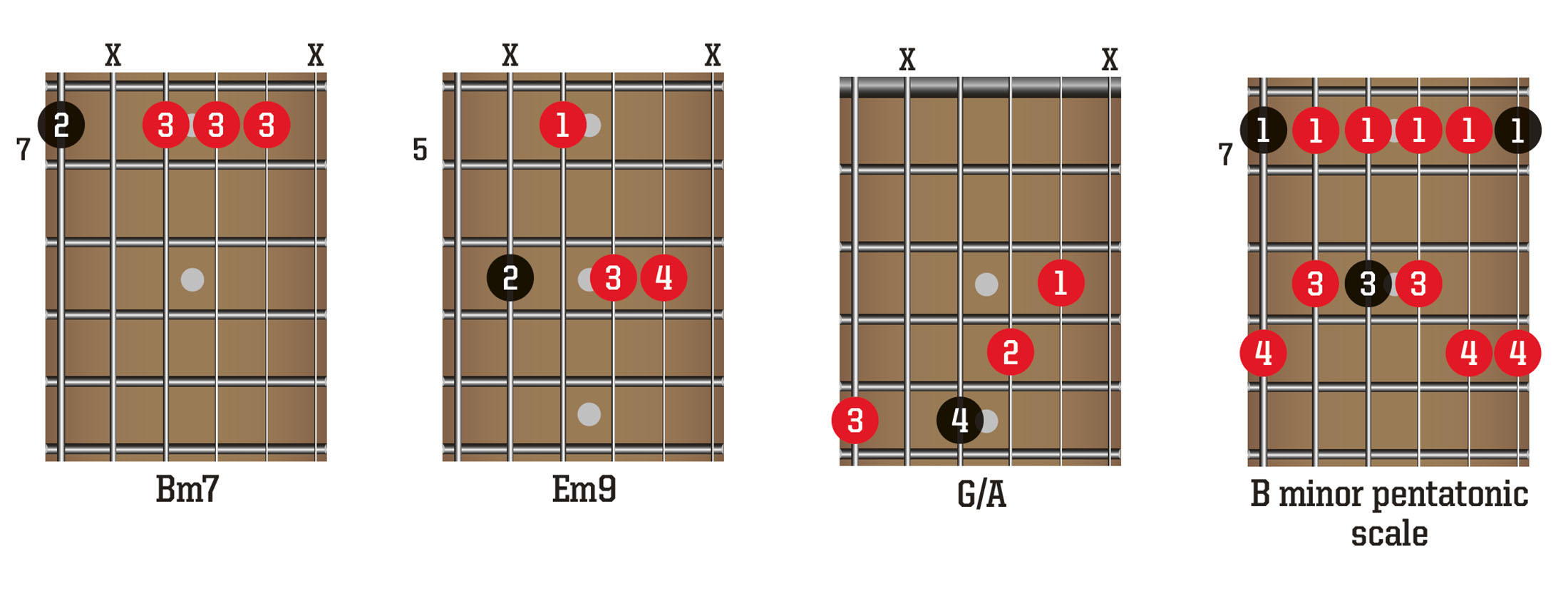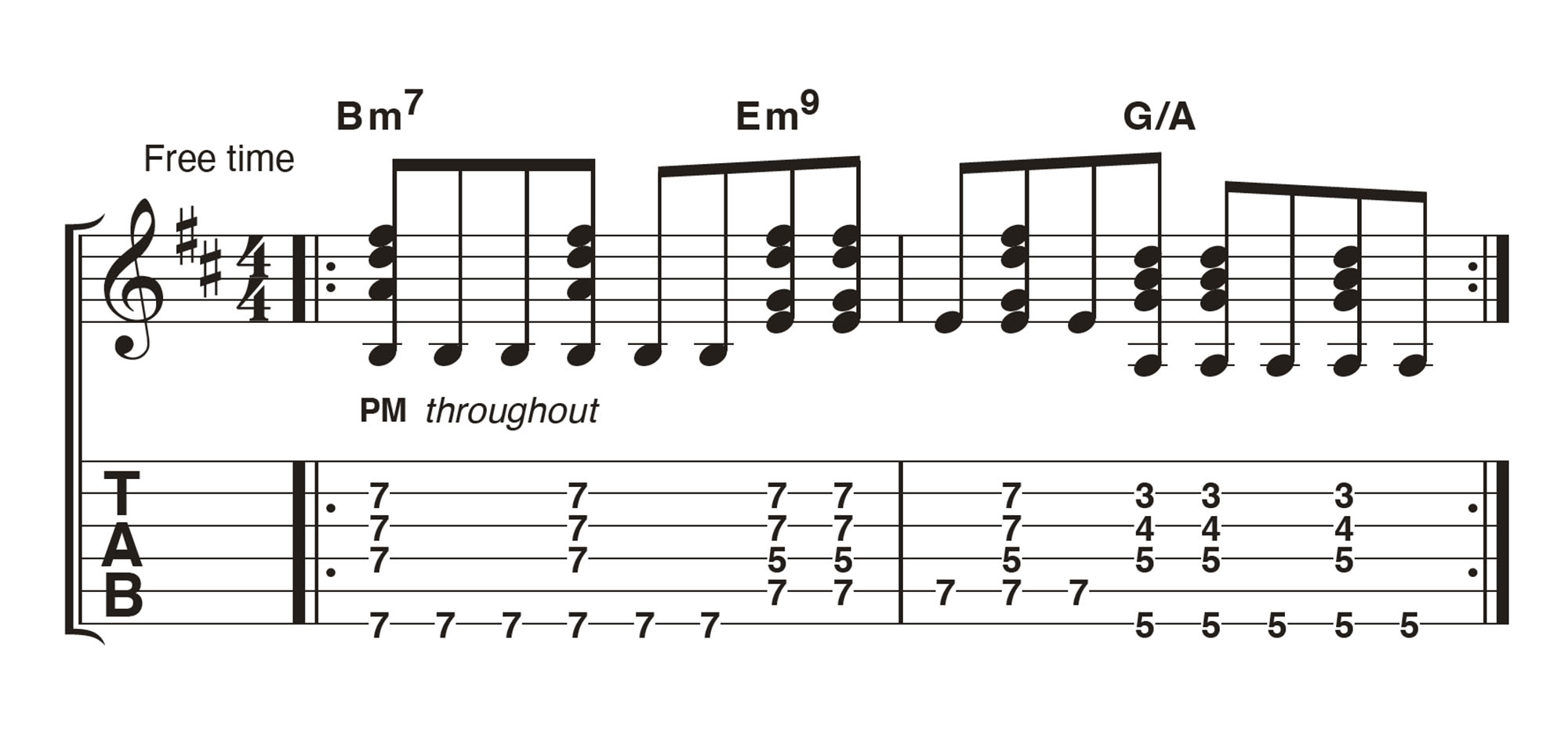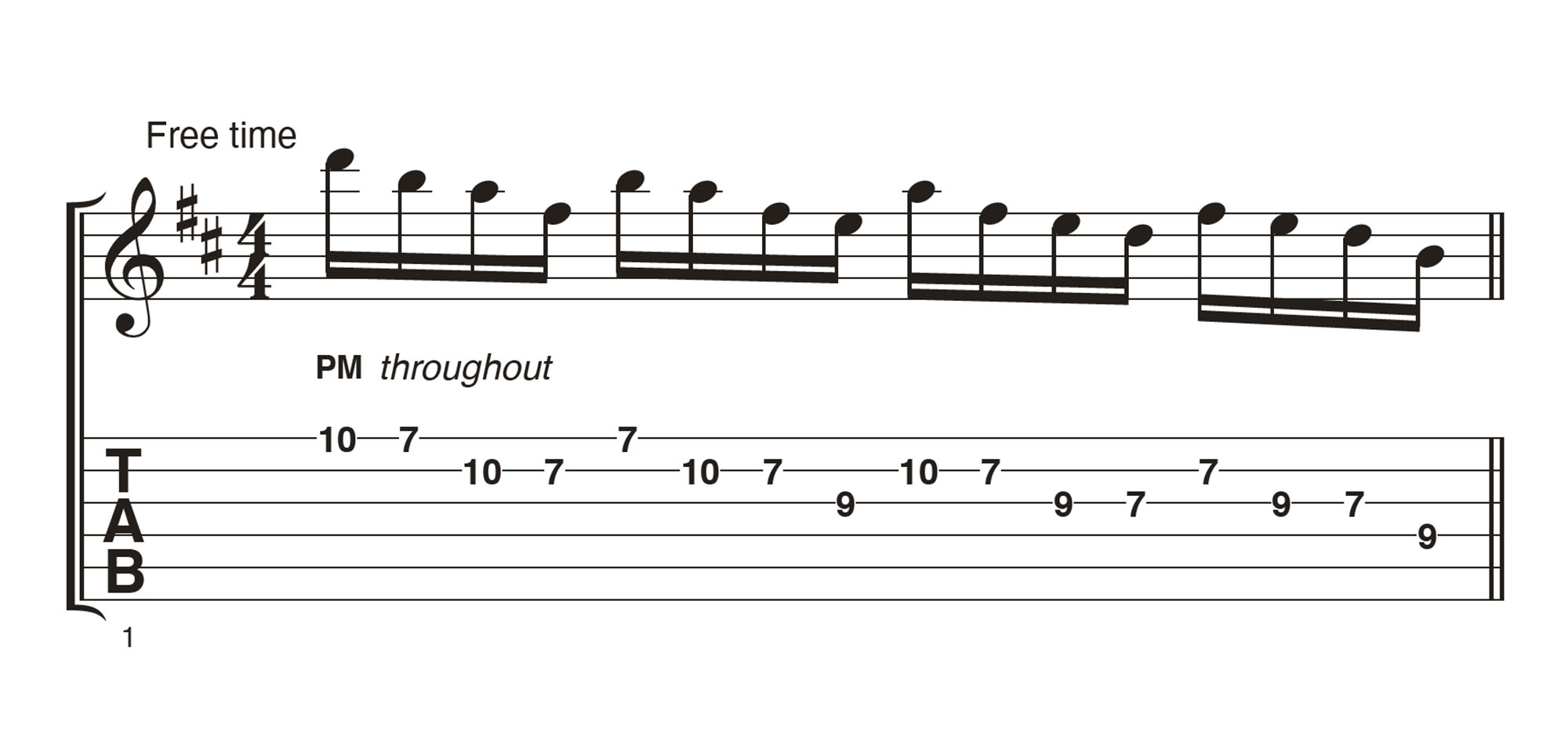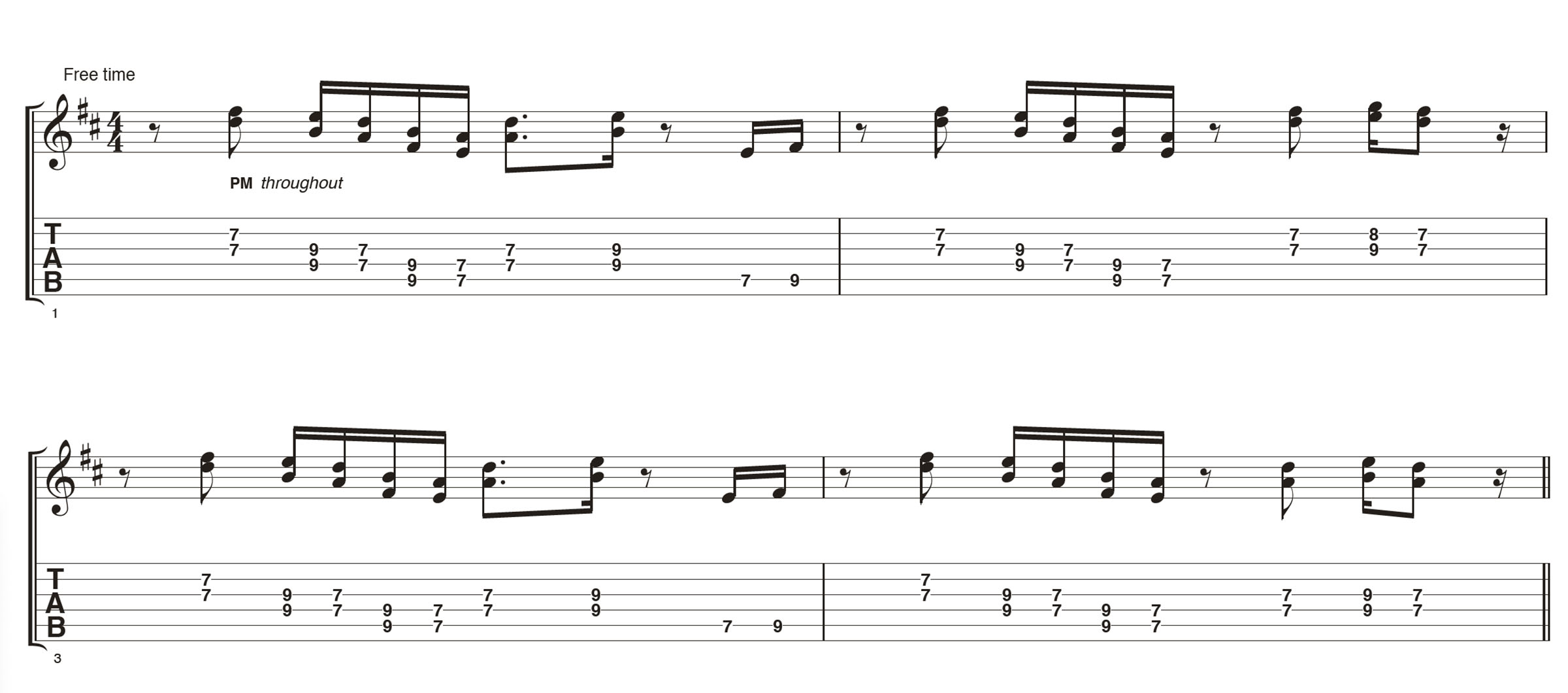“Sometimes it’s not what you play, it’s how you play it”: Palm-muting is the secret to good funk guitar – here’s how you can use it to funkify chords, double-stops and single notes
Learn the secret ingredient to funk guitar parts that groove and swagger

Have you ever wondered why funk guitar parts seem to have that infectious groove with seemingly simple riffs? Well, sometimes it’s not what you play, it’s how you play it – and palm-muting is a crucial component of tight funk playing.
Funk aficionado Jude Smith is here to show us all exactly how it’s done. He’ll guide you through correct hand placement, demonstrate how to incorporate palm-muting into chords, licks, and doublestops, and provide practical exercises to help you master this skill.
This is part of the Learn Funk In 7 Days course from Pickup Music – you can follow along with the video for free if you want to see exactly how to play each exercise.
Your attack, tone, and dynamics depend on hand placement – so don’t breeze over it. Your pick hand should rest gently on the strings just before they pass over the bridge. Lightly touch the strings with the edge of your palm to mute them.
You’ll notice a difference in sound when you move your hand further away from the bridge – the notes will sound more choked, to the point where they have no sustain at all. Experiment with the amount of pressure you apply, and the distance of your palm from the bridge.
There are other variables to consider, like your picking force and amp settings. It will take time to find the right balance, so be patient.
Chords

These are the chords and the scale you’ll be using in the lesson. Have a quick play through them before moving on to the tab exercises.
Example 1. Palm-muting with chords

Try a ‘before and after’ comparison. First, play the progression with no muting. It’ll sound washy and lacking definition. For some styles that’s fine, but with funk, we want it clean and punchy. Now, play the progression with some palm-muting. It should sound defined, with a staccato feel – and much more groovy, too!
Example 2. Palm-muting with licks

Here, we’re using this B minor pentatonic lick to practise. It sounds cool, but it’s not really giving funky vibes. Try the lick with some palm-muting and see what you think. Keep in mind that you may need to increase your pick attack a little bit to get the notes to stand out.
Example 3. Doublestops

Doublestops are a common guitar technique found in blues, country, funk, and more. It’s just a fancy term for playing two notes simultaneously, but it’s an awesome addition to any funk player’s toolkit.
Again, first play the riff without any muting. It sounds great, but it’s too bold and resonant for funk. We want the opposite – compressed and punchy. Keep that idea in mind and close in the sound with some palm-muting as you repeat the riff.
Get The Pick Newsletter
All the latest guitar news, interviews, lessons, reviews, deals and more, direct to your inbox!











